An audible ‘thwack’ on the harbour wall beside me – and then a shadow in the air as a herring gull swooped down to examine the crab claw it had just dropped.
The clever ploy had borne fruit – the hard outer shell had cracked and the gull was now able to feast upon its meaty contents.
I was at Johnshaven harbour, which lies between Montrose and Stonehaven, and the dropped crab claw provided a fascinating insight into the intelligence of gulls.
Learning from experience
I have witnessed crows doing the same thing with mussels, which begs the question – do gulls and crows individually work out how to do this, or is it learnt through watching the behaviour of their older, more experienced compatriots?
I imagine it is mainly the latter and it is a skill passed down through the generations.
I left the gull to devour the crab in peace and wandered further up the coast towards the fishing village of Gourdon.
The tide was ebbing relentlessly inwards and eider and wigeon ducks bobbed in shallow channels amongst the rocks.
A sweep with my binoculars brought into focus a group of resting oystercatchers, several redshanks and a lone curlew.
A pair of plumper birds caught my eye – grey plovers.
They are unassuming and shy waders, which are slightly larger than their golden plover cousins.
When they take to the air, there is a distinctive black mark on the ‘armpit’ under the wing.
A short distance away, a purple sandpiper mingled with a pair of redshanks by the water edge.
Purple sandpipers are scarce winter visitors, although I always encounter them when I visit this stretch of coast between Johnshaven and Gourdon.
Attractive little waders
They are attractive little waders, which breed in Norway, although some of the wintering population on our northern and western coasts come from as far afield as Canada.
I considered creeping closer to get a better view of the purple sandpiper but decided against it.
Redshanks are notoriously flighty birds, and I knew they would take to the air with alarm calls ringing on my approach, which in turn would spook the sandpiper.
On my approach to Gourdon, I stopped for a while to watch a rock pipit as it busily fed close to the outer harbour wall.
The rock pipit is a remarkable creature – a small songbird that specialises in foraging along the shoreline.
This pipit flitted down in-between rocks on the upper shore, searching for tiny invertebrates under scraps of decaying seaweed, before alighting back onto its lookout perch once more atop a rock.
The grey-brown plumage blends in perfectly with rocks and shingle, and the shore provides a rich feeding place, even in the depths of winter.
A large group of herring gulls congregated on a rocky islet that the tide had yet to cover.
In most instances, this flock would barely merit a second glance, but with the resourceful gull at Johnshaven still uppermost in my mind, I gave an inward nod of respect towards these intriguing birds that brim with intelligence and guile.
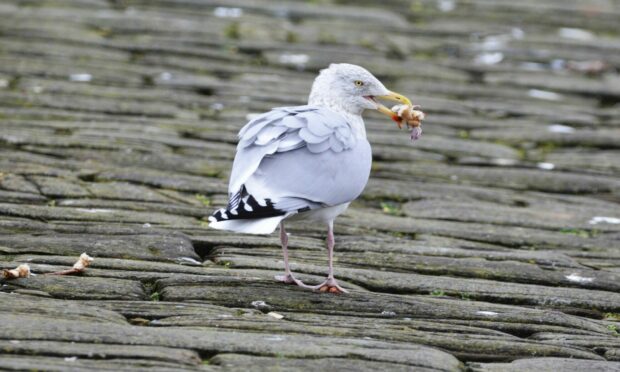
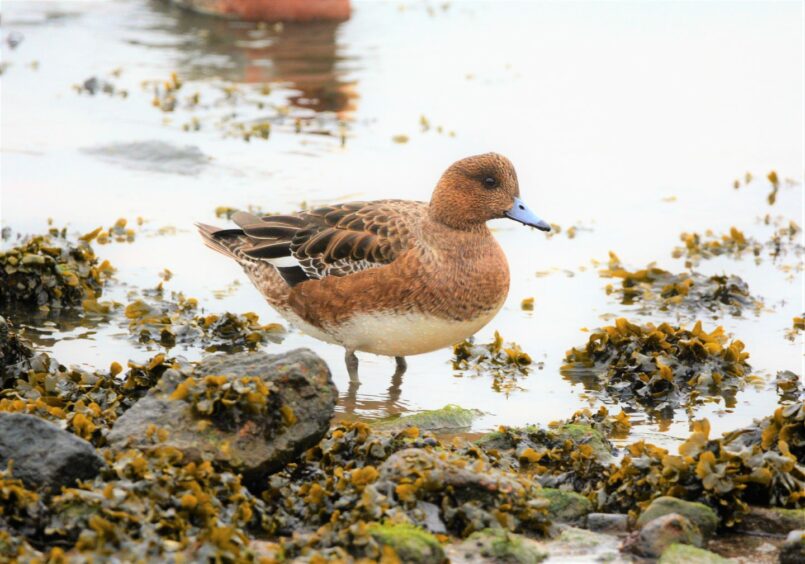
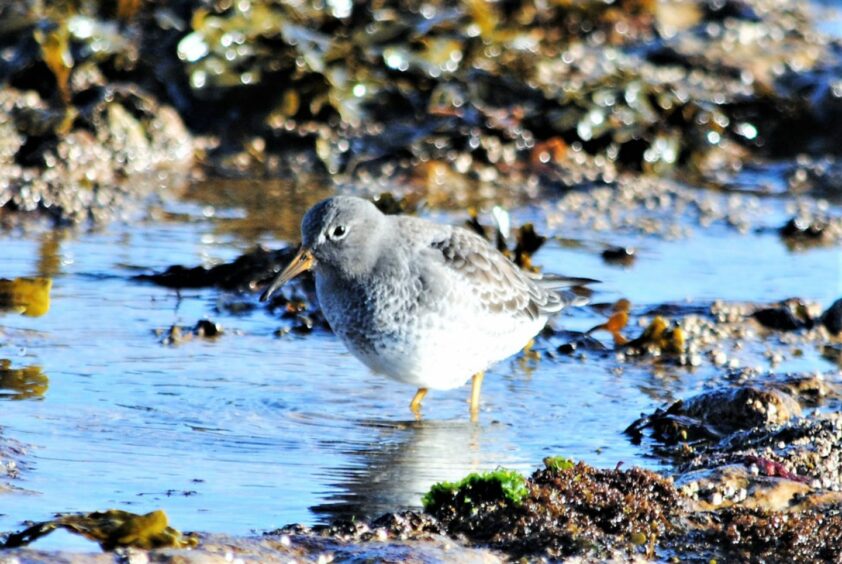
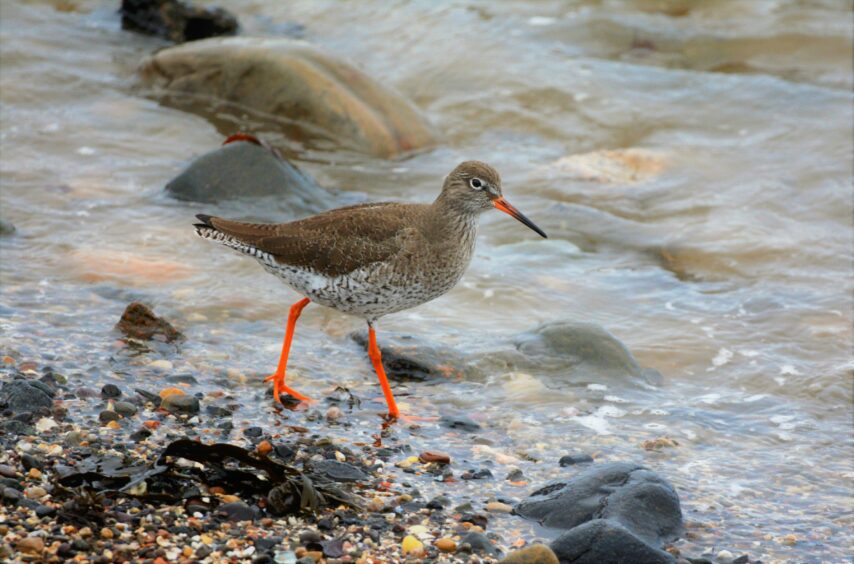

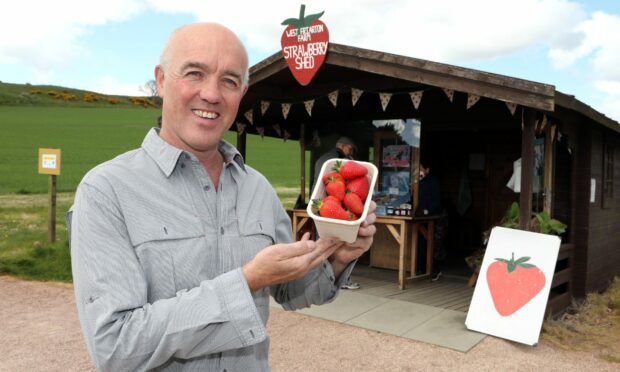
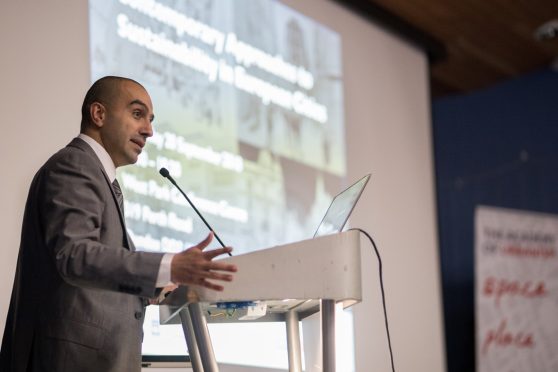








Conversation